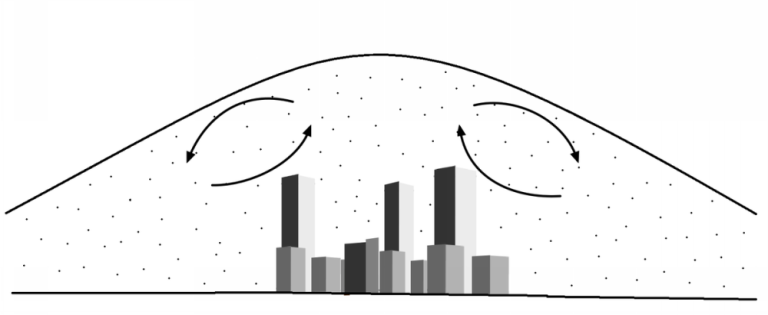Roasted Apple: It Really is Hotter Here Than Everywhere Else
When the thermometer says it is 92 degrees, the urban heat island index means it is really the equivalent of 100 degrees compared to non urban areas in certain areas of the city where the heat generated by sources other than the sun becomes entrapped in its own heat island.

If you think it is hotter in the Big Apple than in other cities, it’s not your overheated imagination. A new study finds that New York City has the highest population-weighted and area-weighted Urban Heat Island (UHI) index compared to 44 other major U.S. cities.
Climate Central, an environmental communications non-profit, reported that 78 percent of New Yorkers experience a UHI of 8 degrees or more. That means it is the equivalent of eight degrees hotter that the actual thermometer that gauges the air temperature thanks to other heat sources and no cooling shade or greenery.
In cities, the depletion of natural landscapes along with the concentration of heat-absorbing and heat-emitting infrastructure—such as roads, sidewalks, and buildings—result in temperature increases known as the urban heat island effect. The “island” forms when the resulting high temperatures in urban areas form a stark contrast with surrounding temperatures in rural and suburban areas, or even areas within the city with more greenery and cooling abilities.
Extreme heat has far-reaching consequences that extend beyond the mere health of our planet. Soaring demands for air-conditioning result in high energy bills and strained power grids. Excessive heat was linked to New York City’s last major blackout in 2003, and has some preparing for the possibility of a blackout in the near future. The heat also highlights disparate racial and class outcomes in NYC. Hundreds of New Yorkers die from heat-related illnesses each year. Black New Yorkers are twice as likely to succumb to heat-related illnesses than their white counterparts, according to NYC’s 2022 Heat-Related Mortality Report. Black and low-income New Yorkers are also less likely to have access to air-conditioning, compounding the problem, the study found.